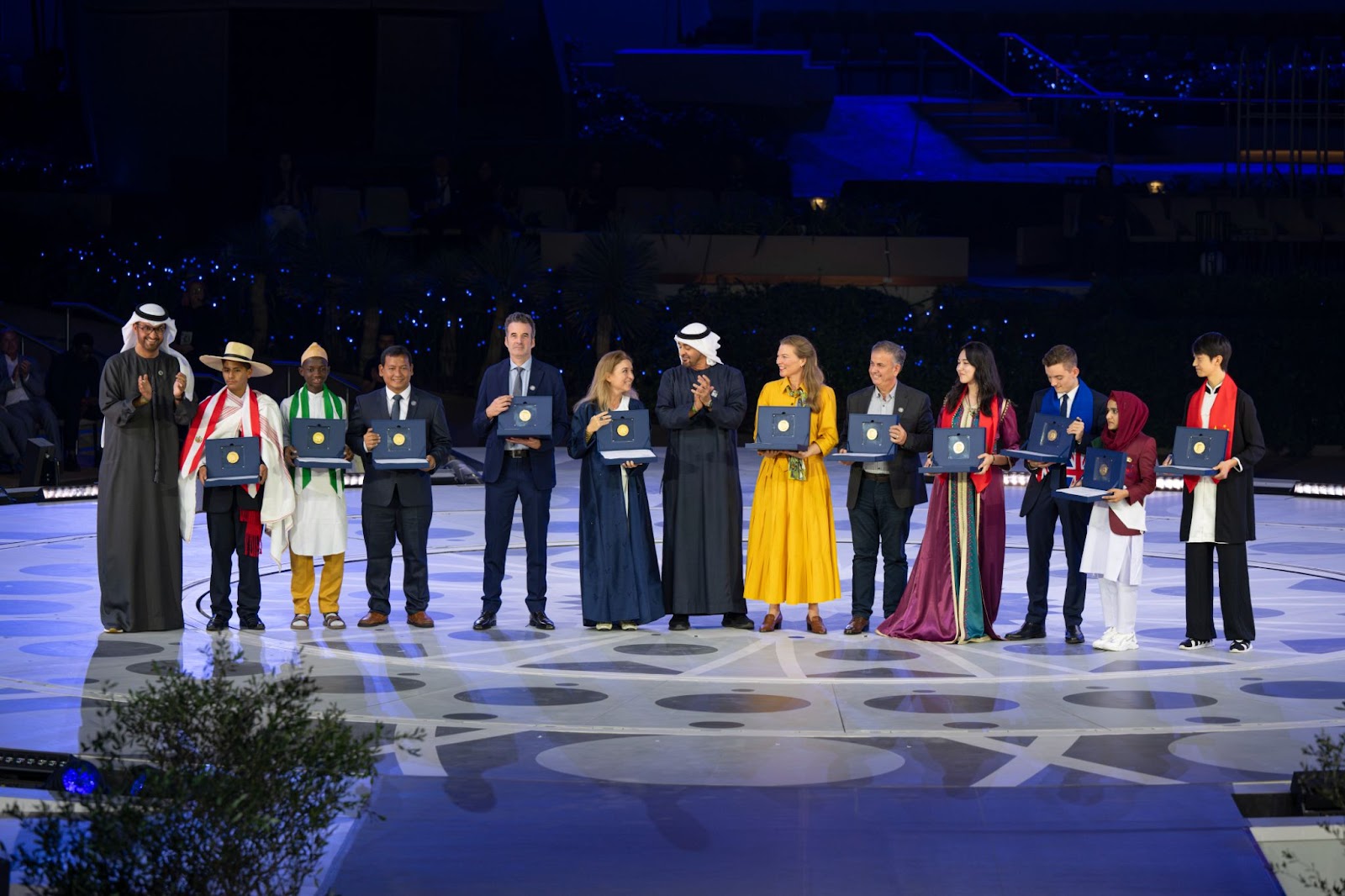Blaine Gibson, sculptor of figures in Disney parks, dies at 97
 By Bruce Weber From New York Times
By Bruce Weber From New York Times
Blaine Gibson, whose sculptures of pirates and presidents, boys and ghouls, are bedrock features of Walt Disney’s theme parks and resorts around the world, died on July 5 at his home in Montecito, Calif. He was 97.
His son, Wes, said the cause was heart failure.
For parents, their clamoring children and other aficionados of Disneyland, Disney World or any of the other myriad Disney outposts, Mr. Gibson’s richly detailed, meticulously observed, persuasively realistic busts and statues are likely to be emblazoned in the memory, as much a part of the company’s visual signature as Mickey Mouse.
As an Imagineer — that is, an employee of Walt Disney Imagineering, the design and development arm of the Walt Disney Company — he created hundreds of sculptures that were the bases for robotic figures that, though fixed in place, can move and appear to speak or sing or make sounds. (In the Disney lexicon, the technology is called Audio-Animatronics.)
Mr. Gibson’s handiwork includes the buccaneers of the popular Pirates of the Caribbean attraction, the fearsome ghosts and goblins of the Haunted Mansion, the colorful birds of Walt Disney’s Enchanted Tiki Room and the global village children of It’s a Small World. He created the sculpture of Abraham Lincoln that became the first Audio-Animatronic figure. It made its debut in a Disney attraction called “Great Moments With Mr. Lincoln” at the 1964 World’s Fair in New York City. Since then, every American president, including Barack Obama, has received the Disney treatment, many of them at the hands of Mr. Gibson. All appear at the Hall of Presidents at Walt Disney World in Florida.
Mr. Gibson was also responsible for one of the Disney empire’s recognizable symbols: the statue known as “Partners,” which depicts Walt Disney and Mickey Mouse hand in hand. The original sculpture is in the central plaza of the original Disneyland in Anaheim, Calif., and replicas are prominently displayed at Disney parks elsewhere.
Ira Blaine Gibson was born in Rocky Ford, in the southeastern quadrant of Colorado, on Feb. 11, 1918. His father, Ira, and his mother, the former Cora Dillard, were farmers. He was called Blaine from birth, his son said, and was thus never a junior, though he shared his father’s first and middle names.
Blaine drew, whittled and made small sculptures from the time he was a small boy, using clay from a nearby river bed that his mother fired in the kitchen stove. When he was 12, an elephant he carved from a bar of Ivory soap won a $10 prize in a contest sponsored by Procter & Gamble.


During his early animating years, he studied sculpture at Pasadena City College, and in 1954 Walt Disney himself, impressed with the animal figures Mr. Gibson had created for an exhibition of his own work, recruited him for the next step in the company empire: Disneyland, which opened the next year. He continued to work in animation as well until 1961, when he transferred full-time to Walt Disney Imagineering. (It was then called WED Enterprises, the initials standing for Walter Elias Disney.)
Mr. Gibson married Coral Comstock in 1942. She died in 1998. In addition to their son, Wes, he is survived by a grandson.
In a 2013 memoir, “Dream It! Do It! My Half-Century Creating Disney’s Magic Kingdoms,” Martin Sklar, a former president of Walt Disney Imagineering, explained why Mr. Gibson’s fantasy characters often seemed drawn from real life.
“I knew that Blaine’s love of animals, and understanding of their anatomy and movement, came partly from his years in Disney animation,” Mr. Sklar wrote. “But even more they were the result of his growing up as a farm boy in Colorado. When it came to the human figures he sculpted for our park attractions, my curiosity got the best of me. One day I asked Blaine where his inspiraton for human characters in our shows came from — for example, the incredible buccaneers of Pirates of the Caribbean. Blaine admitted that his wife, Coral, had mastered the kick under the chair at dinner; when Blaine would stare too long at another diner or server, Coral would let him have it. But she had not found a way to stop him from focusing on the special characteristics and features of fellow churchgoers.
“ ‘You mean,’ I asked cautiously, ‘that some of our pirates might resemble congregants in your church?’
“ ‘Yes, it’s very possible,’ Imagineering’s chief sculptor admitted.”
IMAGES:
Blaine Gibson, right, with Walt Disney and a model for the 1964 World’s Fair. Credit Disney
Some of Mr. Gibson’s work includes presidential busts displayed at Disney World. Credit Monica Almeida/The New York Times
For more on this story go to: http://www.nytimes.com/2015/07/12/arts/design/blaine-gibson-sculptor-of-figures-in-disney-parks-dies-at-97.html?_r=1





